The fat flush diet is a low-carbohydrate meal plan that aims to help you lose weight while also cleaning your liver and lymphatic system to enhance your general health. It suggests consuming fat-burning high-fiber vegetables and fruit, clean proteins, and stimulating foods and supplements in addition to limiting carbohydrates.
The fat flush plan’s calorie intake varies from 1100 to 1600 calories per day, which is in line with weight-loss dietary recommendations.
The fat flush plan –
It is divided into three phases, each lasting two weeks.
1. The first phase is the most restrictive, limiting dieters to 1100-1200 calories per day and aiming to “lose bloating,” or fluid or water retention. Margarine, sugar, oils (save flaxseed oil), grains, bread, cereal, starchy vegetables, dairy products, and several seasonings are all prohibited at this time.
2. Calories are raised from 1200 to 1500 calories per day during the second phase. It comprises the same foods as the first, plus butternut squash, sweet potato, fresh or frozen peas, brown rice, and carrots once a week. This phase will continue till the desired weight is achieved.
3. The final phase is to maintain weight loss, which requires 1500 calories or more per day. Certain foods that were excluded in phase one, including as starchy carbohydrates, dairy, and gluten-free grains, are reintroduced.
How does fat flush plan Works –
Its main objective is to cleanse the liver, promote overall health, and aid weight loss. The diet is built on a “clearing combo” of vital fats, proteins, and healthy carbs.
This type of eating boosts the liver’s ability to operate efficiently, speeds up weight loss and improves overall health.
The diet is also designed to assist dieters who have hit a stalemate in their weight loss by “flushing out” fat.
According to experts, some people may find it difficult to eliminate all margarine, fats, oil, sugar, bread, grains, high-carbohydrate vegetables, and dairy items because the remaining diet list is so restrictive.
Because of the necessity of eating lean protein from animal sources, which vegetarians cannot accomplish, the fat flush plan is incompatible with a vegetarian diet; vegetarians will have difficulties adhering to this diet.
For vegans, plant-based protein could be a viable alternative to animal-based protein. On the Fat Flush diet, a protein found in soybeans and legumes is considered an appropriate protein alternative. Lacto-Ovo vegetarian can acquire their protein from eggs, light yogurt, and light cheeses.
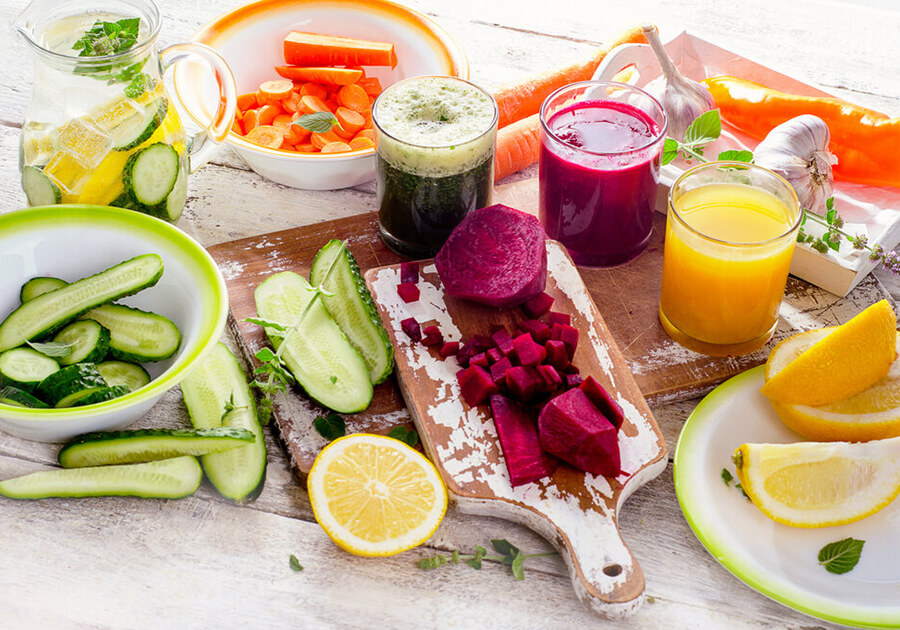
general conclusion of fat flush diet-
By replacing high-calorie foods with low-calorie foods in our diet, we can turn our bodies into fat-burning machines. Fat-burning pills cannot burn fats on their own. We won’t be able to achieve our objective without a healthy diet and regular exercise program.
Too much fat raises the risk of diabetes, which has life-threatening consequences such as cardiovascular disease.
An unhealthy diet, improper eating habits, and lifestyle variables should all be changed.
If we decide to start a fat flush eating plan, we need first to get advice from our doctor or dietician.
To avoid substances that slow down the burning process, we should consume organic meals wherever possible, avoid processed foods, and use natural products that are free of chemicals, additives, and preservatives.
To boost the fat-burning process and minimize health concerns, new kinds of natural foods should be incorporated in daily meals.
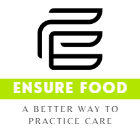
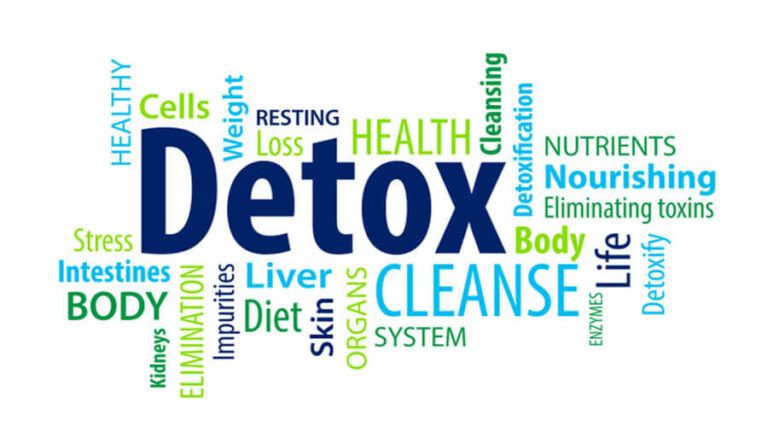
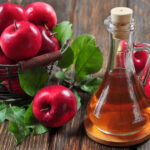

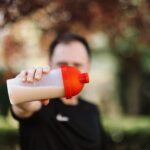
Im pretty pleased to uncover this site. I want to to thank you for your time due to this fantastic read!! I definitely loved every part of it and i also have you book-marked to look at new stuff on your site.
Bake the spuds whole till they’re moist and tender, then high with savory fillings to make a hearty dinner recipe.
[…] for life. It’s found inside cells, where it helps form the structure of bones and muscles, transports nutrients from food through cell membranes, absorbs waste products, and lubricates […]